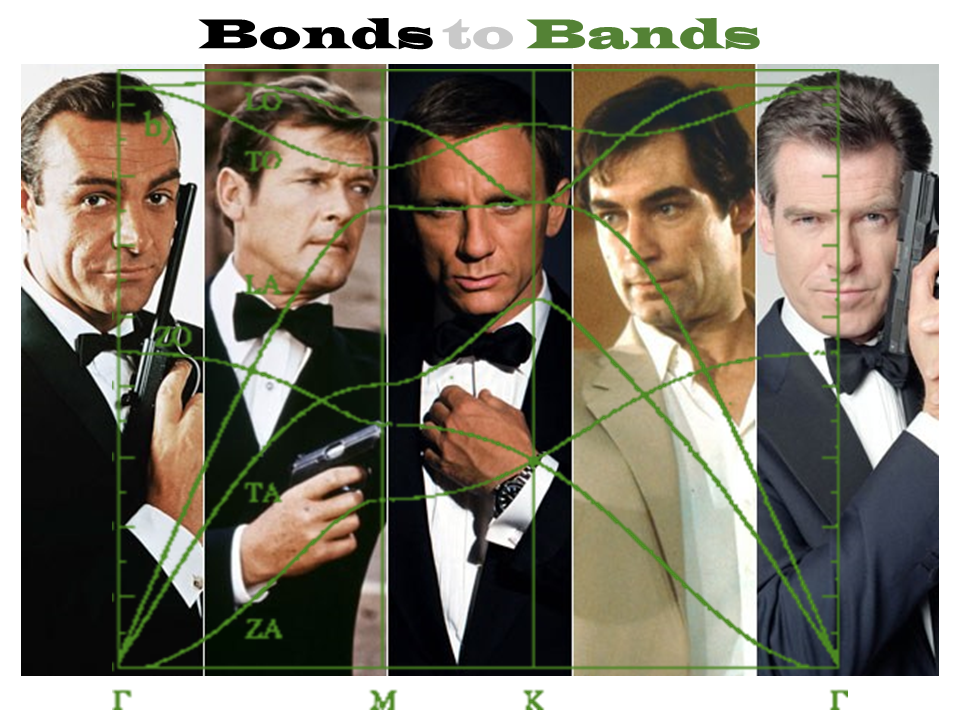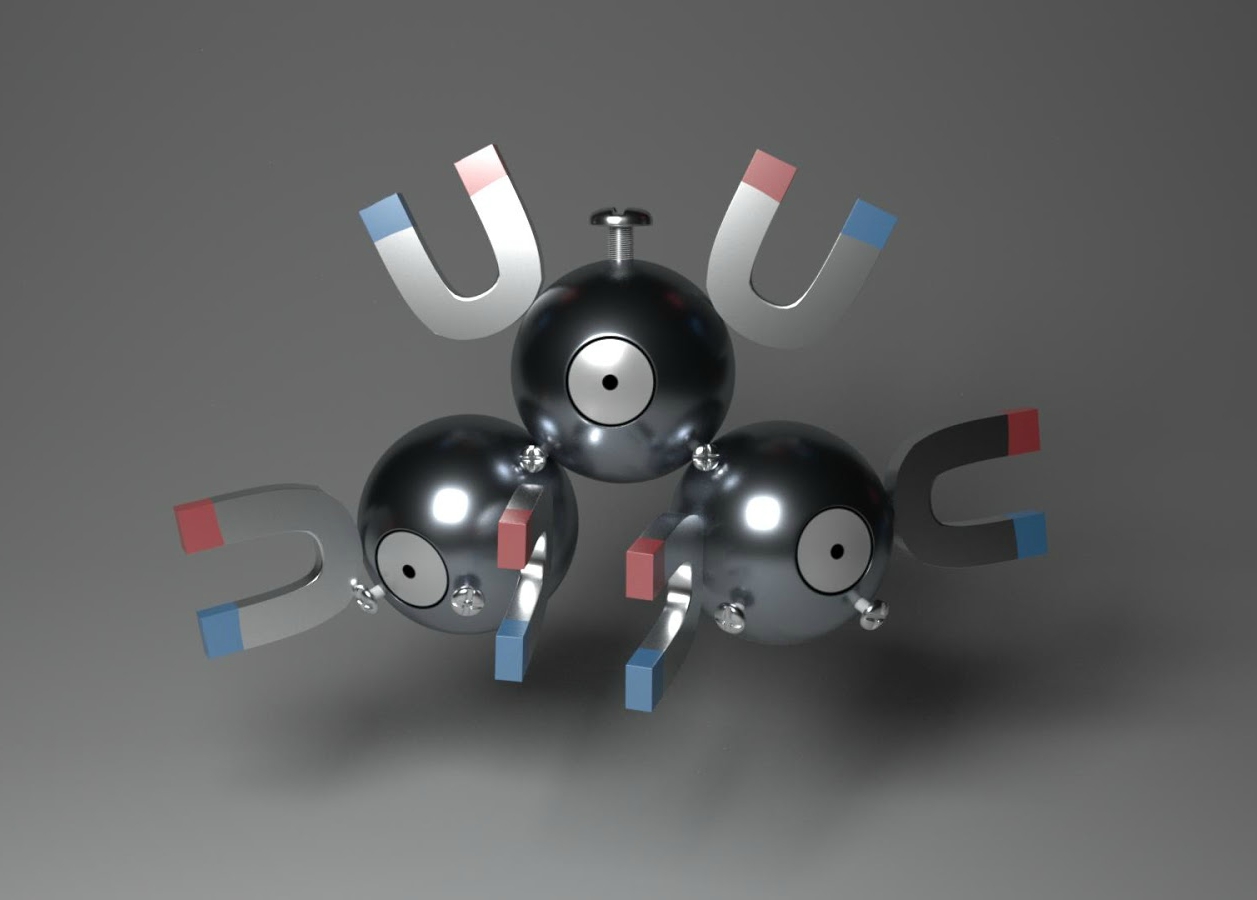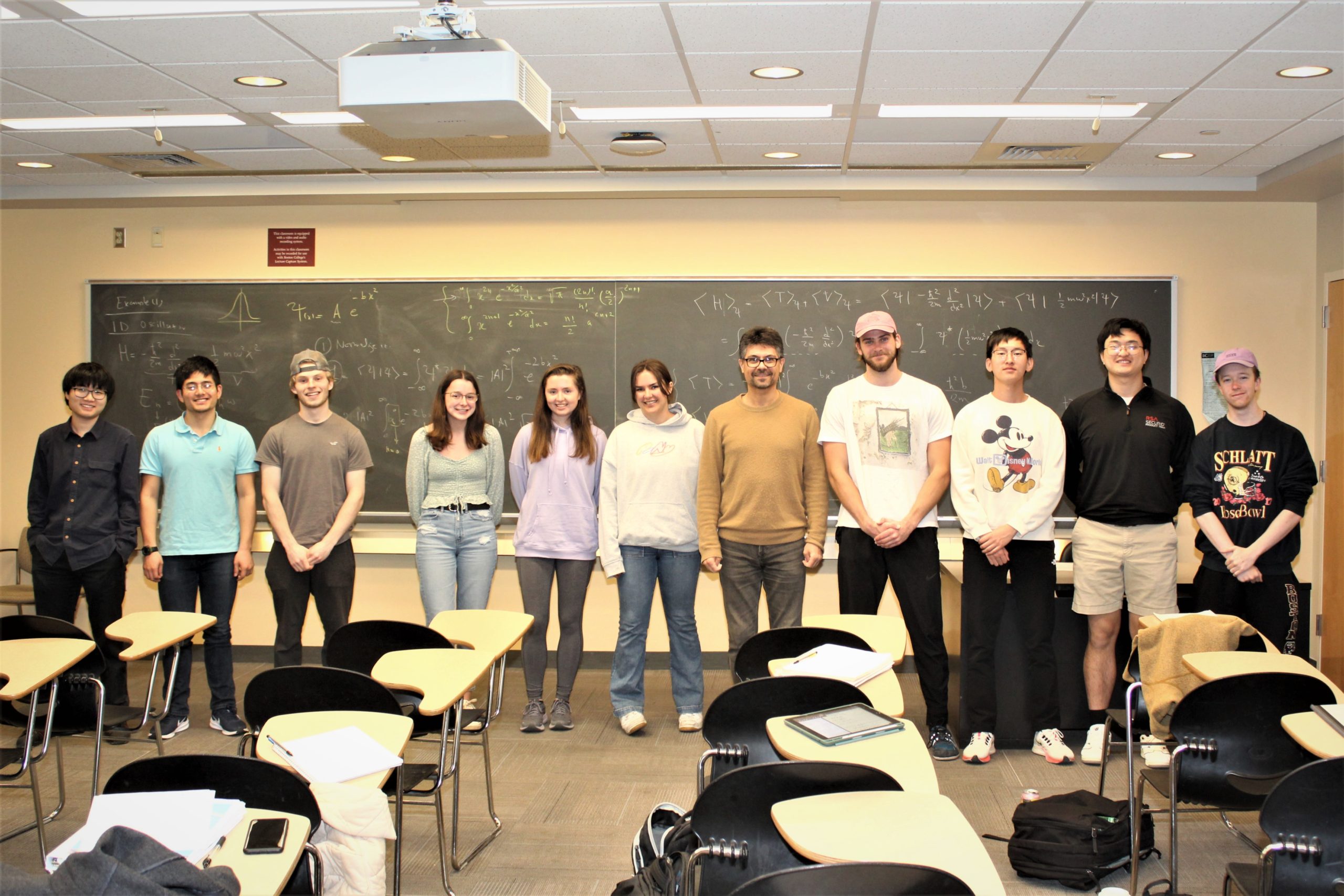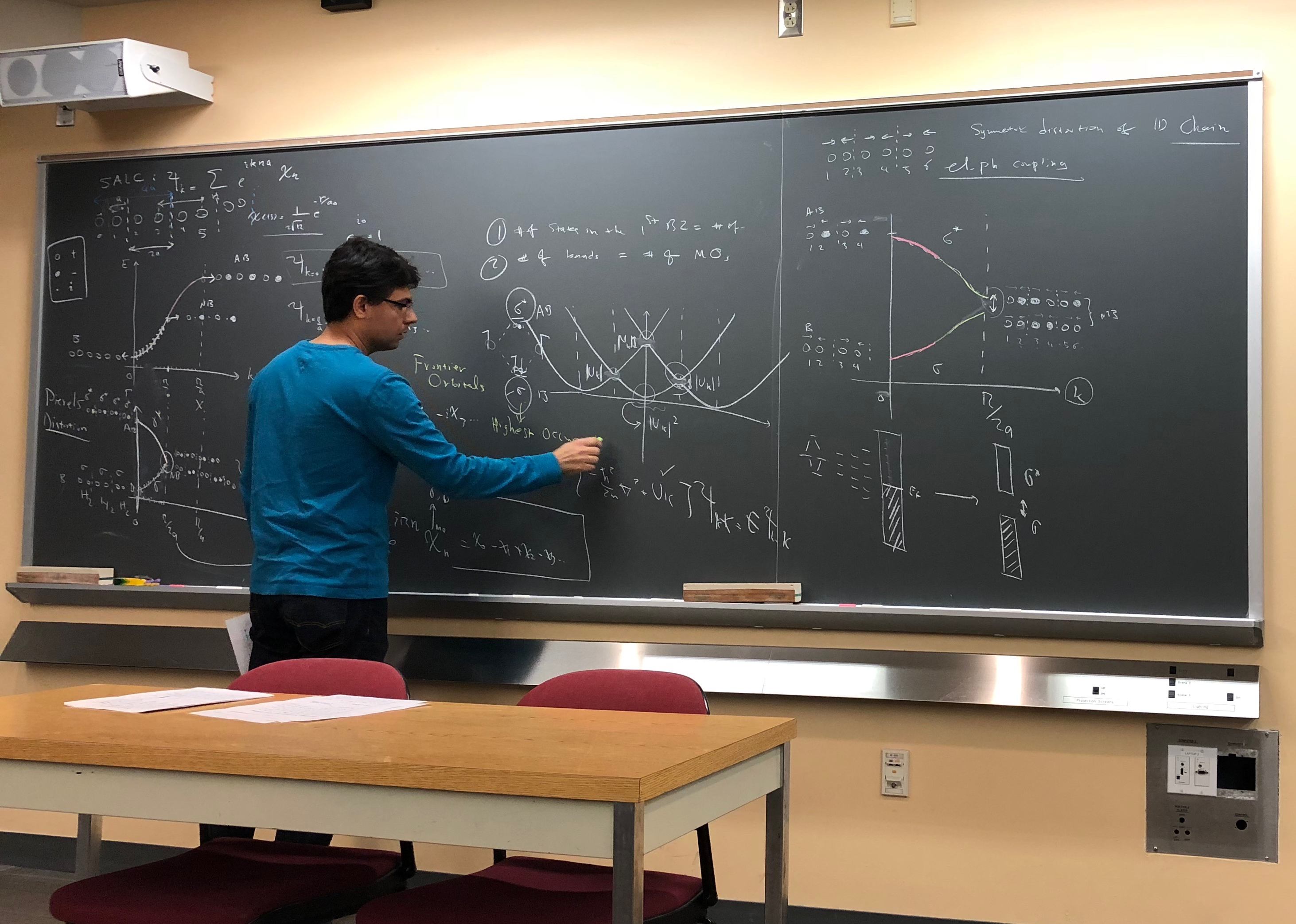“If you want to build a ship, do not drum up people together to collect wood and do not assign them tasks and work, but rather teach them to long for the endless immensity of the sea.”
― Antoine de Saint-Exupéry
From Bonds to Bands 
A new cross-disciplinary course will be presented in September of 2016 titled: “From bonds to bands” by Professor Fazel Tafti. The course will be open to graduate students and seniors from both chemistry and physics department. The syllabus includes topics from solid state chemistry, material science, and condensed matter physics. The course will integrate research and education by making a loop between mathematical rigor, intuitive understanding, and the interpretation of experimental data. The course itself is an experiment in novel methods of teaching that emphasize on developing the skills and the knowledge required for research instead of developing formalism.
Magnetism and Magnetic Materials
MMM is offered to graduate students from physics and chemistry with the goal of bringing them to the frontiers of research in magnetism and magnetic materials. The course starts with a survey on crystalline structures and molecular coordinations which favor magnetism. We develop a phenomenological approach to understanding magnetic interactions which lead to magnetic order in solids. The course will also provide an introduction to various methods used for characterization of magnetic materials.
Solid State Physics
Solid state 1 is a graduate-level introduction to the theory of crystalline matter. The course is focused on the theory of bosonic quasiparticles, namely phonons and magnons. Concepts such as symmetry breaking, phase transitions, Goldstone theorem, and collective modes are discussed. A working knowledge of graduate-level quantum mechanics and electromagnetism is required. The course can also be taken by chemistry and computer science graduate students who are interested in the quantum theory of materials.
Quantum Physics (II)
Quantum physics II is a course for juniors that will explain the applications of quantum mechanics in understanding atomic physics, trends in the periodic table, perturbation theory, variational principle, and scattering theory. The course uses a fair amount of mathematical techniques such as partial differential equations, complex algebra, and special functions. Calculations are complemented by discussions on the physical interpretation and even philosophical implications of the quantum theory.


